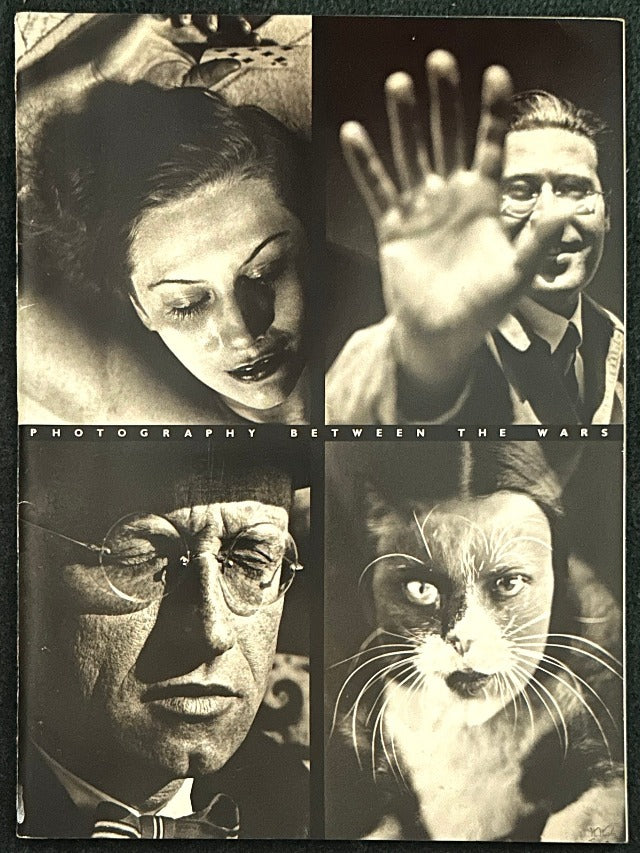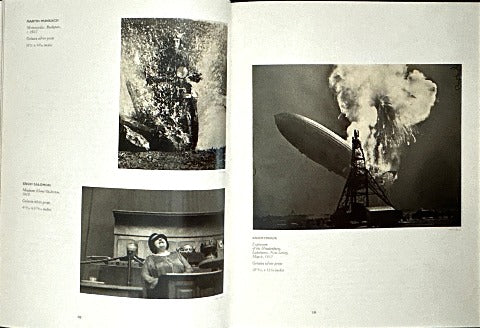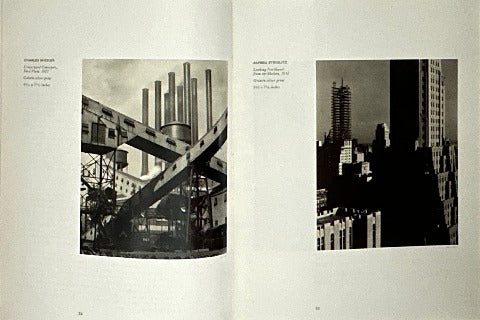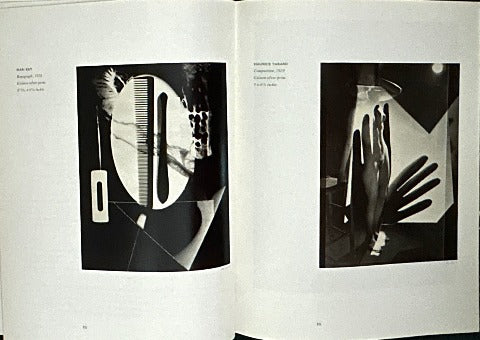1
/
of
4
Photography Between The Wars Selections from the Ford Motor Company Collection
Photography Between The Wars Selections from the Ford Motor Company Collection
Regular price
¥2,500 JPY
Regular price
Sale price
¥2,500 JPY
Unit price
/
per
Tax included.
Shipping calculated at checkout.
Couldn't load pickup availability
第一次世界大戦は、機械化された最初の近代的な戦争であり、それは写真を一変させた。前衛的な画家、グラフィックデザイナー、ジャーナリストたちは、写真というメディアを、めまぐるしく変化する近代性と20世紀の新しい技術文化を表現する最も効果的な道具だと考えた。この時期、特にヨーロッパでは、さまざまな新しいアプローチやテクニックが花開いた。写真家たちはトリミング、アングル、異様な視点、抽象化、コラージュ、巧みな暗室技術を採用した。ラースロー・モホリ=ナギが「新しいビジョン」と称えたものを実現した。ドイツ人のアウグスト・サンダーやアメリカ人のアルフレッド・スティグリッツ、エドワード・ウェストン、ウォーカー・エヴァンスなど、他の写真家たちは、世界を精密に検証することに基づいた、より厳格な客観性を追求した。
World War I was the first modern mechanized war, and it transformed photography. Avant-garde painters, graphic designers, and journalists saw the photographic medium as the most effective tool to express the fast-changing modernity and new technological culture of the 20th century. During this period, especially in Europe, a variety of new approaches and techniques flourished. Photographers employed cropping, angles, odd perspectives, abstraction, collage, and clever darkroom techniques. László Moholy-Nagy achieved what he called "the new vision." Other photographers, such as German August Sander and Americans Alfred Stieglitz, Edward Weston, and Walker Evans, pursued a more rigorous objectivity based on a precise examination of the world.
The Metropolitan Museum of Art
1988 (First Edition)
World War I was the first modern mechanized war, and it transformed photography. Avant-garde painters, graphic designers, and journalists saw the photographic medium as the most effective tool to express the fast-changing modernity and new technological culture of the 20th century. During this period, especially in Europe, a variety of new approaches and techniques flourished. Photographers employed cropping, angles, odd perspectives, abstraction, collage, and clever darkroom techniques. László Moholy-Nagy achieved what he called "the new vision." Other photographers, such as German August Sander and Americans Alfred Stieglitz, Edward Weston, and Walker Evans, pursued a more rigorous objectivity based on a precise examination of the world.
The Metropolitan Museum of Art
1988 (First Edition)
Share








